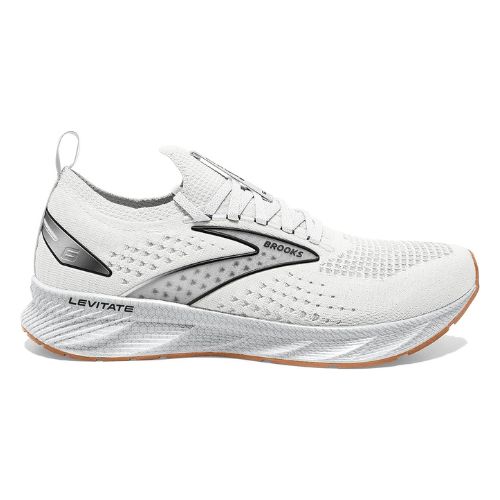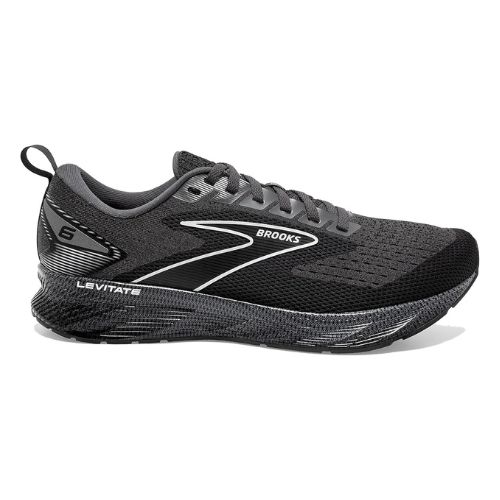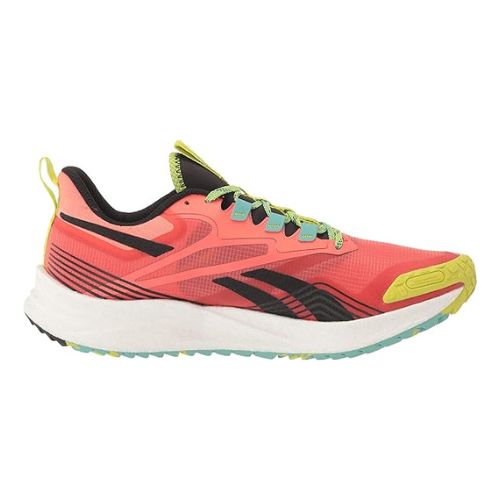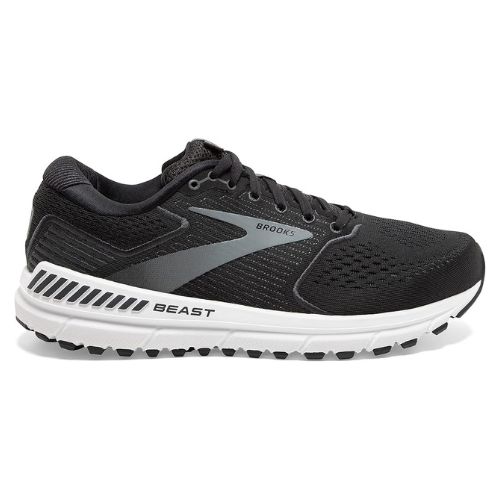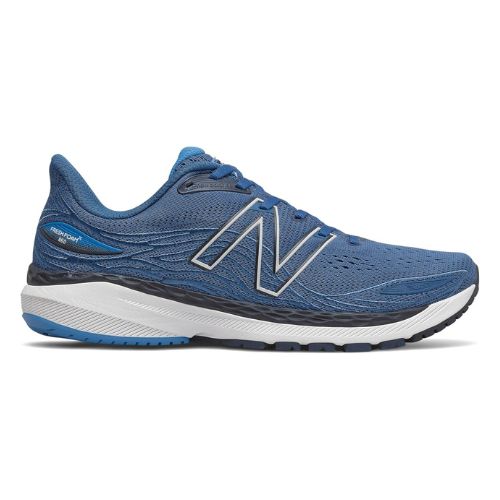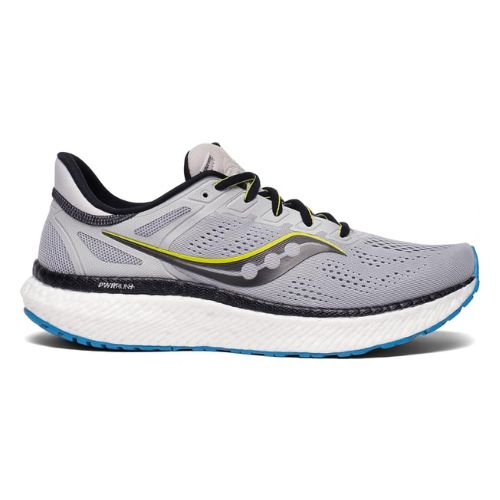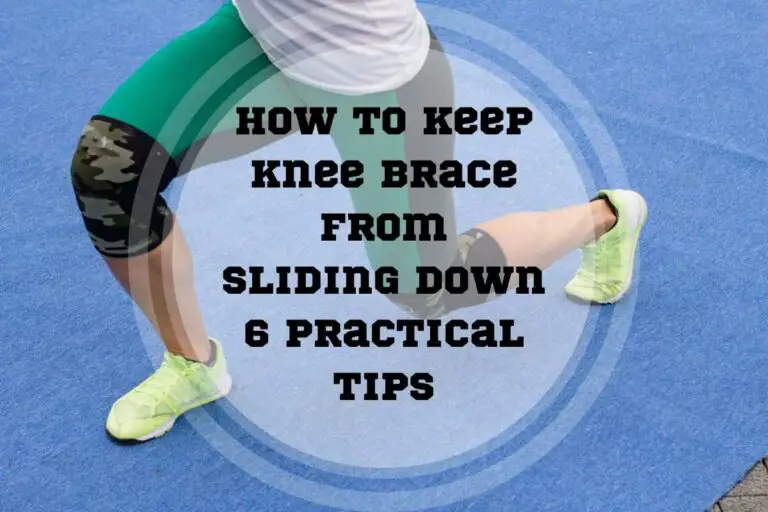Neutral vs. Stability Running Shoes: 3 Key Differences
Are you having trouble choosing between neutral vs. stability running shoes? It’s important to know the difference in order to select a pair that is suitable for your foot shape and running style.
What are neutral running shoes?Do you need a stability option? In this article, we’ll explore everything about these two types of footwear, so you can decide which one will offer the greatest protection and support during your run. Ready to learn more? Let’s dive in!
Which Running Shoes Are Right for You: Neutral or Stability?
Neutral running shoes are designed for runners with a normal arch and offer cushioning and flexibility, while stability running shoes are tailored for overpronators who need added support to correct excessive inward rolling of the foot.
How to Determine the Right Type of Running Shoes?
Neutral running shoes are designed for high arches and provide cushion, flexibility, and low-profile heel-to-toe offset to reduce impact. Stability running shoes provide extra stability for controlling movement and gait cycle, with denser foams and stiffer components. They are suitable for runners who overpronate or who need extra arch support during their runs.

What Is a Neutral Running Shoe?
It is important to have a good understanding of a neutral running shoe definition. Neutral running shoes provide cushion between the surface of the ground and your feet, but also provide flexibility that allows for maximum mobility of the foot. They are suitable for runners who have high arches, since they provide a more natural side-to-side motion.
What does neutral running shoe mean when it comes to stability features? These shoes are designed with no stabilizing features or external components that restrict the foot’s range of motion and natural movements. Instead, they focus on flexibility, cushioning, and comfort, while allowing the feet to move naturally without any guidance.
Neutral running shoes can be used for different types of running and on different surfaces. They are best suited for short distances, like sprinting or city jogging.
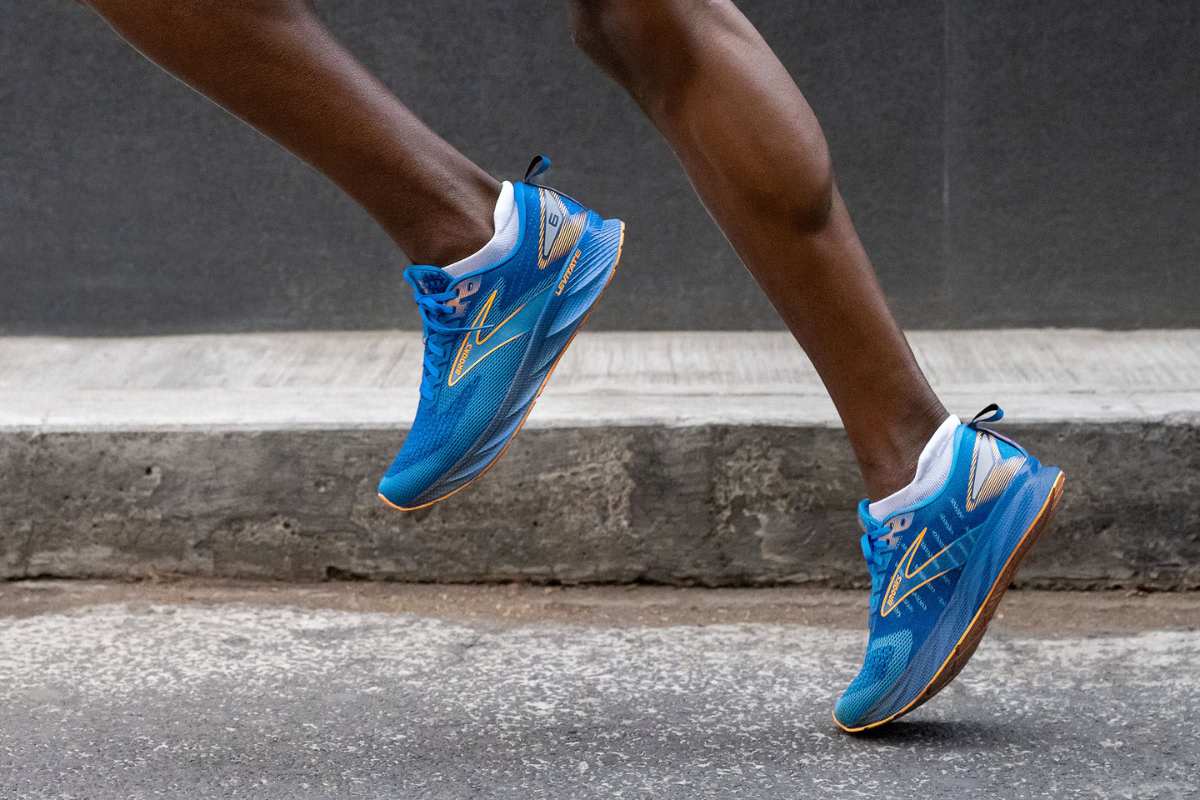
When Are Neutral Running Shoes the Best Choice?
Neutral running shoes are the ideal choice for runners looking to emphasize foot flexibility while still receiving adequate cushioning and arch support. They allow the runner’s foot to flex and move without being over-stabilized. This makes them suitable for a variety of runners, such as those with high arches or those dealing with plantar fasciitis.
The smooth heel-to-toe transition associated with neutral shoes also makes them an excellent selection for many athletes hoping to improve their running times and form. If you’re looking for an all-purpose shoe, then neutral running shoes are a good choice.
What Are Stability Running Shoes?
Stability running shoes are specifically designed to provide extra support for runners who tend to experience more inward roll of their feet. These shoes feature additional supportive structures, such as dual-density midsoles, medial posts, and firmer materials.
The increase in rigidity offers greater control. At the same time, it provides an improved sense of balance so that you can maintain momentum during your run without any discomfort.
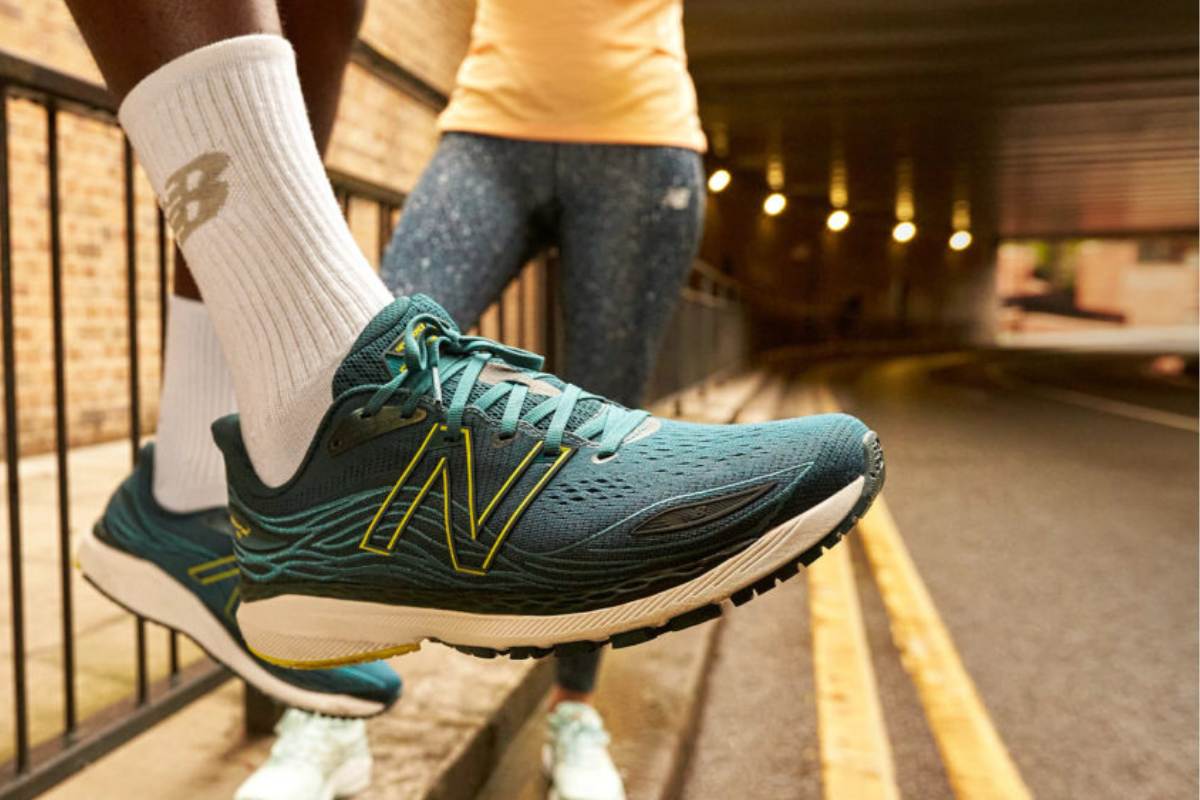
Choosing the Right Shoes: When to Opt for Stability Running Shoes
Stability running shoes are great for runners seeking more stability than regular neutral shoes can provide. They are often recommended when the feet and/or legs require additional support due to overpronation, proper shock absorption, and a smoother transition when they land on the ground.
Furthermore, if you experience issues like knee or hip pain from overpronating during your runs, then you should consider using stability shoes.
What Is Pronation?
Pronation is a normal part of the foot movement that occurs when you are running and walking. It refers to the inward and downward rolling motion of your foot as it strikes the ground, helping absorb the shock that results from each step.
Pronation can be categorized into three types: neutral pronation, overpronation, and underpronation.
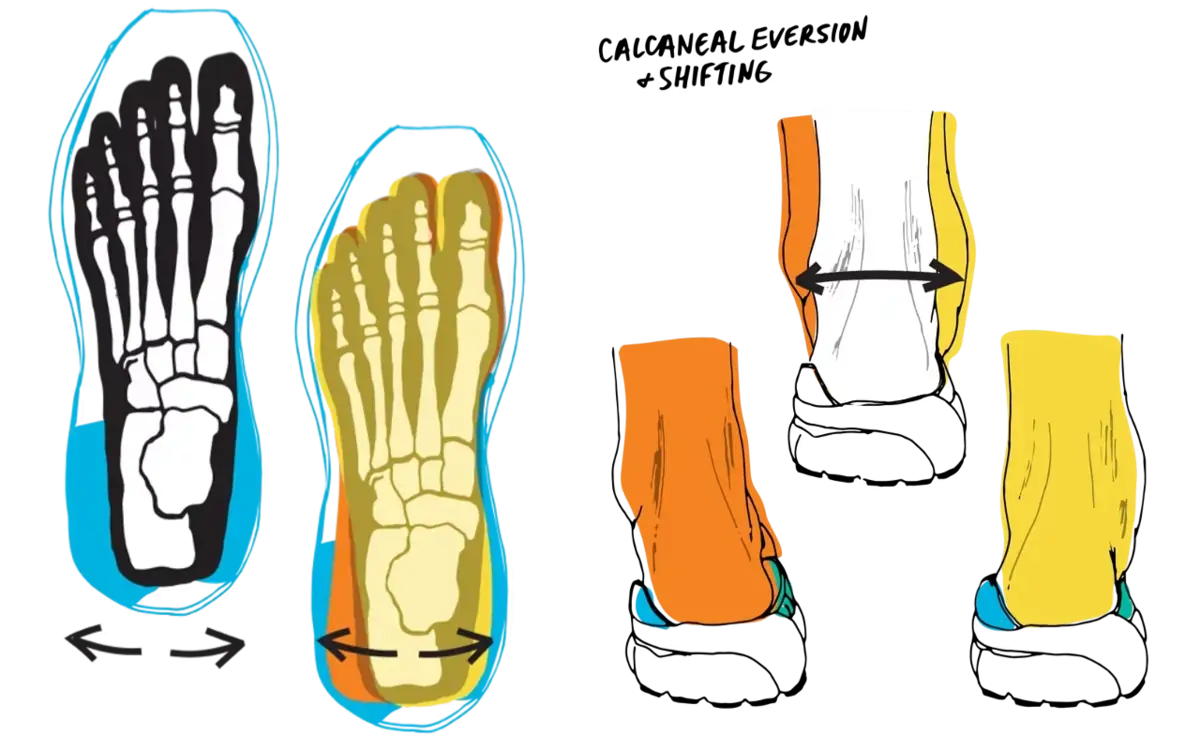
Typically speaking, neutral pronation is the healthiest of the three. It means your feet roll inward just enough to evenly distribute the impact of each step.
Overpronation occurs when your feet roll inward too much, causing arch collapse. This leads to extra stress on other areas, such as the lower leg and heel. It also results in an unhealthy gait pattern, which may result in injuries like plantar fasciitis and runner’s knee.
Underpronation occurs when there is insufficient inward rolling. This may lead to reduced shock absorption, making certain spots on the sole carry more weight than others. Continuous pressure may irritate some joints and tendons during more intense activities, like sprinting or uphill running.
Exploring the Key Differences Between Neutral and Stability Running Shoes
Here are the main differences between neutral and stability running shoes:
1. Midsole and Cushioning
The midsole is the supportive layer between the outsole and upper of a shoe, while cushioning is the foam material that provides comfort when walking or running. Neutral shoes provide some cushioning in the heel for shock absorption at ground contact, along with flexibility for a smooth heel-to-toe transition.
Stability shoes help hold your feet and ankles steady by positioning them in the ideal alignment, offering arch support and more cushioning than neutral running shoes.

Pro Tip:
The higher levels of cushioning offered by stability shoes can be beneficial for runners with low to medium pronation levels. They can give you extra shock absorption when landing on hard surfaces, such as concrete sidewalks or asphalt roads.
2. Outsole and Durability
Neutral runners typically have even wear on the outsoles of their shoes. Overpronators, on the other hand, may experience more wear on the inside of the shoes.
Proper pronation control requires additional reinforcement along the outsole, resulting in quicker breakdown when running. A major difference between a neutral versus stability shoe lies in the sole construction. Often, features such as medial posts are included in stability shoes to provide extra support for heavier or uneven gaits, in addition to more cushioning to reduce impact.
3. Upper and Materials
Neutral running shoes tend to feature light and flexible upper fabrics, like mesh or synthetics, which provide minimal structure but more flexibility. This allows the foot to move freely, without restriction.
On the other hand, stability shoes use a combination of denser foam layers. They also often have midfoot straps or overlays that wrap around the sides for additional support. This prevents excessive foot movement during your run by providing enhanced arch support and motion control.
The main differences between stability vs. neutral running shoes
| Style | Neutral shoes | Stability shoes |
|---|---|---|
| Used for | Neutral pronation, high arches | Gait or pronation issues |
| Flexibility of the sole | High | Low/medium |
| Cushioning | Low/medium | Medium/high |
| Balance | Medium | High |
| Stack height | Low/medium | Medium/high |
| Support | Low/medium | High |
| Upper material | Mesh/fabric | Added support elements |
What to Look for When Buying Stability vs. Neutral Running Shoes
When selecting running shoes, it is essential for runners to consider their specific needs.

1. Comfort and Fit
The right balance between cushioning and support ensures that you’re getting maximum protection for your feet while avoiding discomfort or pain during long runs.
Neutral and stability running shoes typically prioritize comfort in different ways.
Neutral models are often designed with more lightweight construction, featuring soft cushioning for better shock absorption. They are perfect for runners looking for responsive cushioning, but may not offer enough arch support.
Stability running shoes, on the other hand, feature enhanced arch support to help control pronation. They also have more rigid, curved outsoles, offering greater stability when landing.
Subscribe to Our Running Newsletter!
Get free running tips from renowned professional athletes and discounts from top-notch brands.
2. Pronation Level
Knowing your pronation level can help you find the ideal shoes, as different pronation levels require different levels of support and cushioning. Runners with high arches generally need neutral running shoes, while runners with low or flat arches may need stability running shoes.

Pro Tip:
You can perform a gait evaluation at home with a simple wet feet test. Just stand on a piece of paper with wet feet and look at the shape of the mark. If you see the entire footprint, then you have flat feet. When only the outer part of your midfoot is clearly visible, you have a normal arch. If there is a gap in the middle, you have a high arch.
3. Cushioning
Neutral running shoes tend to have lighter cushioning. On the other hand, those who are looking for extra arch support, heel-to-toe balance, and motion control may find more supportive cushioning in stability running shoes.
The construction of the midsole in neutral running shoes can vary from light foam to air units that provide comfort, shock absorption, and good responsiveness underfoot. Similarly, the sole unit offered by stability shoes typically combines combinations of different materials.
Stability vs. Neutral Running Shoes: Summary
Let’s summarize the pros and cons of stability running shoes vs. neutral shoes:
Pros and Cons of Stability Running Shoes
Stability running shoes are a great choice for runners who need extra support. They provide arch support, pronation control, and motion control for those with low or flat arches that may overpronate during their runs.
The added stability in the midsole helps to keep feet in alignment. This can reduce fatigue in your legs and minimize knee pain caused by misalignment of the ankles, knees, and hips.
On the other hand, the extensive control found in stability running shoes can be limiting if it doesn’t fit your foot type or biomechanics properly. Additionally, these shoes might not be suitable for all types of runs, such as short sprints (where the additional cushioning might slow you down).
Pros of Stability Running Shoes:
- Help correct overpronation
- Good for flat feet
- High support and cushioning
Cons of Stability Running Shoes:
- May not be comfortable for sprinting
- Not suitable for high arches
- May be a bit heavier
Pros and Cons of Neutral Running Shoes
Neutral running shoes are designed to provide a flexible and lightweight experience that suits runners with high arches. The cushioning in neutral shoes is also great for preventing injury, as it is softer than most stability models and helps disperse impact more evenly across the foot.
Though these shoes come with many benefits, there may be downsides, depending on the user’s particular needs. They won’t offer as much support as stability shoes, so runners with arch and pronation issues might want to look elsewhere.
Here’s a table summarizing the pros and cons of neutral versus stability shoes:
Pros of Neutral Running Shoes:
- High flexibility
- Good for high arches
- Good for all running styles
Cons of Neutral Running Shoes:
- Lack support for foot disorders
- Have less cushioning and shock absorption
- Not suitable for flat feet and overpronators
Our Recommendations for Neutral Running Shoes
Here are our top picks for neutral running shoes, each offering different benefits to runners.
Good for Road Running
Brooks Women’s Levitate Stealthfit 6 Neutral Running Shoe
The Brooks Women’s Levitate Stealthfit 6 running shoe is a great option for runners looking for lightweight performance and maximum comfort. The updated knit upper provides more breathable ventilation and stretch, while the Stealthfit construction offers an adaptable fit that conforms to your foot.
This close-fitting design adds stability without sacrificing comfort, making it ideal for road running. It also features springy midsoles designed to absorb shock, as well as a sleek upper that’s perfect for long-distance runs.
- Material: Breathable and lightweight mesh upper
- Sole Material: Levitate DNA cushioning for responsive comfort
- Outsole (tread feature): Durable rubber outsole with a versatile tread pattern
- Comfort: Plush cushioning and supportive fit
- Special Features: Stealthfit construction for a secure and comfortable feel
- Type: Neutral running shoe
Good for Everyday Runs
Brooks Men’s Levitate 6 Neutral Running Shoe
The Brooks Men’s Levitate 6 Neutral Running Shoe is designed to be a cushioned daily trainer. Its lower stack height makes it super comfortable while still maintaining stability and support.
The shoe has cushioning that reduces the stress on your feet during runs. It also features an upper material that is soft yet breathable, allowing for better airflow that keeps your feet cool.
- Material: Breathable mesh upper
- Sole Material: DNA AMP cushioning for energy return
- Outsole (tread feature): Durable rubber outsole with segmented pattern
- Comfort: Responsive cushioning and comfortable fit
- Special Features: Lightweight and supportive construction
- Type: Neutral running shoe
Good for Long Runs
Reebok Men’s Floatride Energy 4.0 Adventure Running Shoe
The Reebok Men’s Floatride Energy 4.0 Adventure Running Shoe is a hybrid training shoe. Featuring an ultra-responsive and comfortable Reebok Floatride Energy midsole, this lightweight shoe also offers good cushioned protection.
The stylish yet affordable design combined with durable construction ensures the Floatride Energy 4 provides flexibility, agility, and comfort.
- Material: Breathable and durable materials
- Sole Material: Floatride Energy Foam for responsive cushioning
- Outsole (tread feature): Grippy and rugged rubber outsole for traction
- Comfort: Plush cushioning and comfortable fit
- Special Features: Adventure-ready design for versatile terrain
- Type: Running shoe for various surfaces
Our Recommendations for Stability Running Shoes
We recommend these stability running shoes to help with overpronation.
Good for Everyday Running
Brooks Men’s Beast ’20 Supportive Running Shoe
The Brooks Beast ’20 provides runners with the support they need for an optimal running experience. This shoe features an incredible amount of cushioning, reducing impact during runs.
The motion control in the Beast ’20 helps heel strikers and those with flat feet ensure their gait remains balanced while running. Although the Beast ’20 may be on the heavier side, it offers great stability.
- Material: Breathable and durable synthetic upper
- Sole Material: Cushioned and supportive midsole
- Outsole (tread feature): Rugged rubber outsole with multidirectional tread
- Comfort: Maximum cushioning and support for overpronation
- Special Features: Extended Progressive Diagonal Rollbar for stability
- Type: Supportive running shoe for overpronators
Good for Wide Feet
New Balance Men’s Fresh Foam X 860 V12 Running Shoe
The New Balance Men’s Fresh Foam X 860 V12 is the perfect choice for runners looking for a supported and stable ride. The shoe is designed with Fresh Foam material, which offers responsive cushioning and stability while still allowing you to move with ease.
The outsole of this shoe features rubber lugs in key areas to ensure a secure grip on different surfaces. It provides excellent support and is suitable for runners with normal or wider feet.
- Material: Breathable and supportive engineered mesh upper
- Sole Material: Fresh Foam X cushioning for a comfortable ride
- Outsole (tread feature): Durable rubber outsole with multidirectional tread
- Comfort: Enhanced cushioning and stability for overpronators
- Special Features: Medial post for arch support, Ortholite sockliner
- Type: Supportive running shoe for overpronation
Good for Long Runs
Saucony Men’s Hurricane 23 Running Shoe
The Saucony Hurricane 23 is a stability running shoe designed for overpronators or runners who tend to roll inward at the end of their runs. It features a PWRRUN+ sole, which provides responsive cushioning and a high level of stability, along with plush comfort.
Perfect for runners seeking comfort and stability, these shoes are also incredibly lightweight. It has support midsole technology and a breathable mesh fabric upper construction that will give you extra durability during extended run.
- Material: Breathable and supportive mesh upper
- Sole Material: PWRRUN+ cushioning for responsive comfort
- Outsole (tread feature): Durable rubber outsole with Tri-Flex design
- Special Features: Plush cushioning and stability for overpronators
- Type: ISOFIT technology for a secure fit, medial post for support
- Comfort: Supportive running shoe for overpronation
Frequently Asked Questions About the Difference Between Neutral and Stability Running Shoes
Do I Need A Stability Running Shoe?
Stability running shoes provide additional support and control if you have specific gait or pronation issues. They feature the extra cushioning, durability, and midsole structure needed to stabilize your feet while running.
Can Neutral Runners Wear Stability Shoes?
Neutral runners can wear stability shoes, but it may not be the best option. If you have high arches, adding extra arch support with a pair of stability running shoes can lead to an increased risk of injury.
Is a Stability or Neutral Shoe Better for Flat Feet?
For runners with flat feet, stability shoes provide additional arch support and prevent overpronation by encouraging a more neutral gait.
Final Thoughts on Neutral Versus Stability Shoes
When it comes to running shoes, the difference between neutral and stability options is clear. Neutral running shoes are designed to provide flexibility and cushioning for a natural foot strike. These shoes typically feature lightweight materials and limited arch support, which provides added flexibility.
Stability running shoes, on the other hand, provide additional support and motion control features to correct overpronation.
The primary consideration when choosing between neutral and stability running shoes should be your individual gait mechanics and the shape of your arches.
What type of shoes do you prefer – stability or neutral? Please share your experience in the comments below.
Also Read:
- Hip Flexor Stretches for Runners
- Wearing Running Shoes Casually
- How Many Miles 15K
- How Long Is a Spartan Race
- Are Air Max Good for Running
- Should I Run After Leg Day
- Health Benefits of Sprinting
- Best Running Shoes for Bunions
References:
- Malisoux L, et al. Injury risk in runners using standard or motion control shoes: a randomised controlled trial with participant and assessor blinding. Br J Sports Med. 2016 Apr;50(8):481-7. https://bjsm.bmj.com/content/50/8/481
- Sun X, et al. Systematic Review of the Role of Footwear Constructions in Running Biomechanics: Implications for Running-Related Injury and Performance. J Sports Sci Med. 2020 Feb 24;19(1):20-37 https://www.ncbi.nlm.nih.gov/pmc/articles/PMC7039038/
- Agresta C, et al. Running Injury Paradigms and Their Influence on Footwear Design Features and Runner Assessment Methods: A Focused Review to Advance Evidence-Based Practice for Running Medicine Clinicians. Front Sports Act Living. 2022 Mar 9;4:815675. https://www.frontiersin.org/articles/10.3389/fspor.2022.815675/full
- Neal BS, et al. Foot posture as a risk factor for lower limb overuse injury: a systematic review and meta-analysis. J Foot Ankle Res. 2014 Dec 19;7(1):55. https://jfootankleres.biomedcentral.com/articles/10.1186/s13047-014-0055-4
- Golightly YM, et al. Foot disorders associated with overpronated and oversupinated foot function: the Johnston County osteoarthritis project. Foot Ankle Int. 2014 Nov;35(11):1159-65 https://journals.sagepub.com/doi/10.1177/1071100714543907
If you have any questions or suggestions, you can contact us via email – [email protected]

